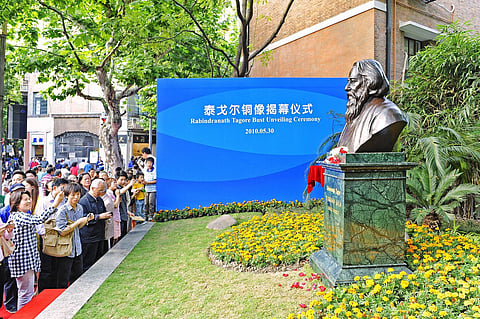China’s long but stuttering history of studying Southasia
More than 1500 years ago, a sailboat carrying merchants, goods and a monk in his seventies was caught in a rainstorm in the Indian Ocean, soon followed by a hurricane. The monk, who was then in his seventies, held tightly to the Sanskrit Buddhist scriptures he was carrying. He was Faxian, also known as Fa-Hein, the Chinese traveller and translator who studied and travelled for 14 years in many regions south of the Himalaya, covering much of what is now Pakistan, Afghanistan, Nepal, Sri Lanka and west, north and central India. Faxian eventually made it home to serve his initial purpose: bringing a stronger foundation, monastic regulation, and context to Buddhism in China.
Faxian spent the remaining decade of his life translating Buddhist scriptures such as the Mahasangha-vinaya and Mahaparinirvana-sutra from Sanskrit into Chinese. He also wrote A Record of the Buddhist Kingdoms, his account in Chinese of travelling the treacherous land routes west and south of China to present-day Pakistan, Afghanistan, Nepal, India and Sri Lanka before returning via Southeast Asia by sea. This became the first travel record in China about Central Asia, Southasia and Southeast Asia. Faxian’s contribution to the study of Southasia through Buddhist learning and travel observation paved the way for future Chinese travellers like Xuanzang, the seventh-century monk whose records inspired the popular 16th-century novel Journey to the West, and Wang Xuance, a diplomat of the Tang Dynasty. Thus, the foundation of Southasian studies in China was set in a religious context, with India at the centre.

